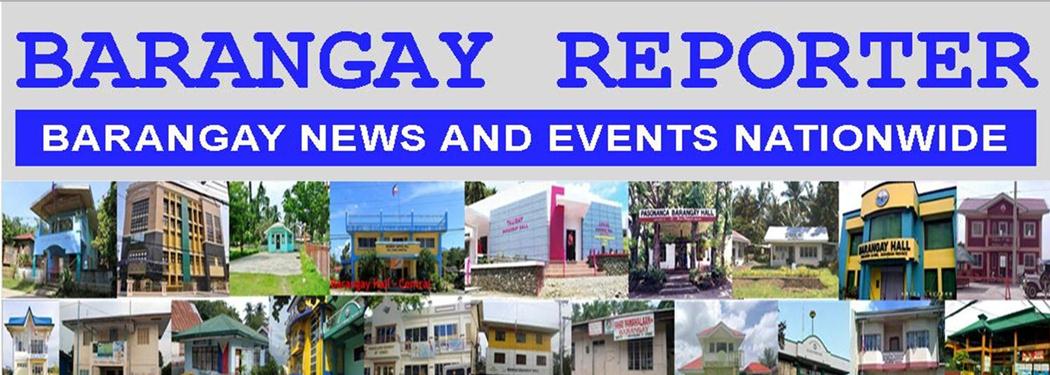During their spare hours when not occupied with their household chores, eight mothers in Barangay Tugbo in Masbate banded together to attend to the education of their children as well as their own.
One of them, Erlinda Cabarles, is mother to a brood of seven children. She rises early in the morning and while her family is stll asleep, she cooks, cleans the house and prepares for the day.
A barangay nutritionist by calling, she is among these mothers who chose to work together under the ABC+ Project: Advancing Basic Education in the Philippines project of the DepEd in Partnership with USAID and RTI International, an independent non-profit research institute together with Asia Foundation, also a nonprofit international development organization.
The project aims to improve learning outcomes for children in the early grades.
The eight women are among the neighborhood parent support group members (NPSG) of Barangay Tugbo in Masbate, an out-of-the-way coastal town of the province. The nearest urban center is a 30-minute tricycle ride away.
According to PhilAtlas, children aged 14 and below make up the biggest share of the population of Tugbo which is at 40.5 percent. About 45 percent of the employable people is out of work, and school officials say most can neither read nor write.
This is what these NPSG women tried to solve, whose own education are mostly at elementary level. With the help of their barangay, they made the initial move to call for volunteers to be trained.
There was a clear desire to learn, but the biggest barrier was often the language. With the support of USAID via ABC+ program, reading materials in the Minasbate language were developed and distributed to all elementary schools.
The books, now in their mother tongue, are available in the schools and provided to their children.
It took another woman, Kagawad Maria Cris Cos, who lobbied for her district to have a space where children could read. She attended a few learning sessions and decided they needed a place they could call their own.
So a Barangay Learning Center was put up which also functions as the main space for the NPSG.
For two hours, the children read. They’re free to ask about words, stories, or everyday life. They work their way up on meanings, enunciation, and critical thinking, day by day, story through story.
Today, the women pitch in to teach up to 30 students, and even their husbands have joined the project to help children love reading which led to interest in reading to spread.
Rose Sese, another NPSG member, says they are not just teaching reading—they are teaching the love of it. “We don’t want the kids to read, we want them to want to read,” Rose says in mixed Filipino and English.
The most surprising improvement is that it changed their relationship at home.
“Reading was really bonding for me and my kids. We got closer at home. Because here, you really have to be friendly with the children so the environment is lighter,” she says.
By starting at home, the Tugbo NPSG earned the backing of DepEd and the local government. Their wish is that other mothers realize that they have the opportunity to do the same.
Erlinda says the impact grew beyond the confines of an educational setting.
“I improved myself and the children here around us because before, they would just spend their time loitering around,” she says just fresh off a reading session.
The community action of NPSG demonstrates the importance of partnerships and shared accountability between families, schools and communities to build conducive learning environments.
Moving on. The mothers have broached the idea of tapping publishing houses for printing books and nearby private sector to provide resources.
The mothers can now see a future where education is not a privilege like it was for them but an accessible right.
Erlinda says that “As long as we’re here, our weekends will continue. This will go on as long as we’re able. As long as the children keep showing up, the learning center will go on,”
Starting in a small sitio in Barangay Tugbo, the learning gap is soon closing because strong women took the lead together.
For Imelda Viterbo, another NPSG member, it is the children’s keen interest in learning and reading that motivates them to pursue their work.
“Our first priority will always be our children’s literacy,” Imelda said.
The story of Barangay Tugbo is a story of women coming together, supporting each other and amplifying their voice as literary champions.
IN UPPER PHOTO: Kagawad Maria Cris Cos, Committee on Education Chairperson, discusses the ABC+ program with parents from Tugbo.
The original version of this article appeared in BusinessMirror









